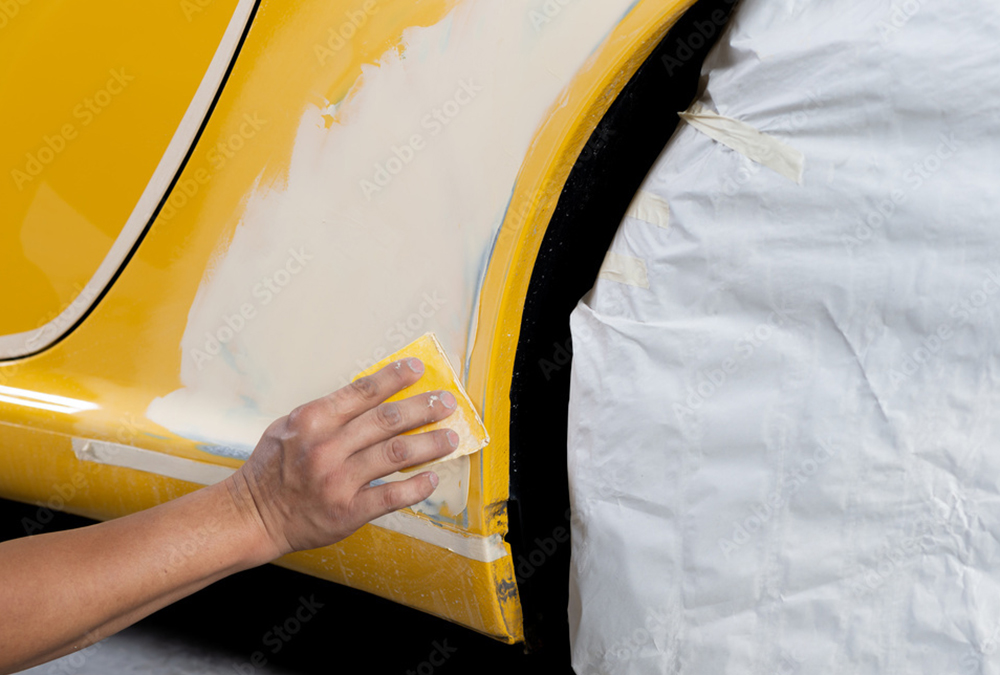Auto body fillers, also known as body putty or bondo, are an essential tool for repairing and painting cars. They can be used to fill in dents, scratches, and other imperfections in the body of a car, creating a smooth surface that is ready for painting. In this article, we will go over the basics of using body fillers for car repairs.
First, it is important to choose the right type of filler for the job. There are several different types of fillers available, including polyester epoxy and urethane. Polyester is the most common type of filler and is best for small repairs. Epoxy is a stronger and more durable filler, making it suitable for larger repairs. Urethane is the most flexible and can be used for a variety of repairs.
Next, you will need to prepare the area that you will be filling. This includes cleaning the surface of the car, removing any rust or paint, and sanding the area to create a smooth surface. This will ensure that the filler will adhere properly and create a smooth finish.
Once the surface is prepared, you can apply the filler. Typically, fillers come in a two-part system, with the filler itself and a hardener. Mix the two components together according to the manufacturer’s instructions. Then, apply the filler to the area using a putty knife or spreader. Spread the filler evenly, making sure to fill in any gaps or indentations.
In conclusion, body fillers are an essential tool for repairing and painting cars. With the right type of filler and proper preparation, you can create a smooth and professional-looking finish on your car. Remember to take your time, work in a well-ventilated area, and follow the manufacturer’s instructions for best results.






Recent Comments